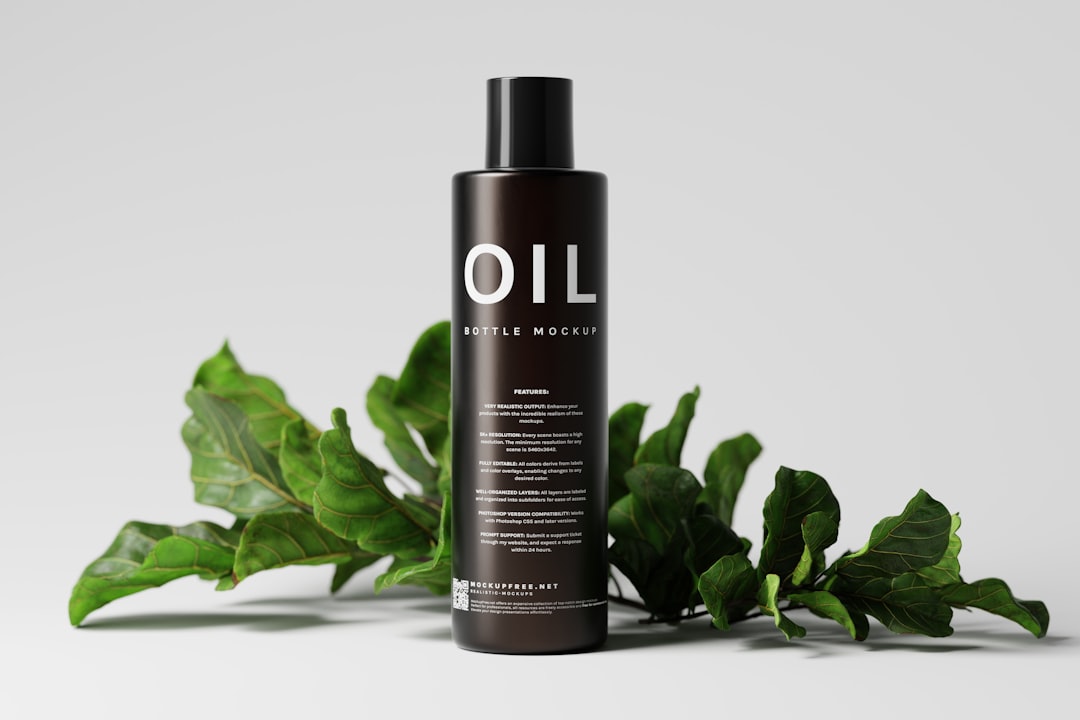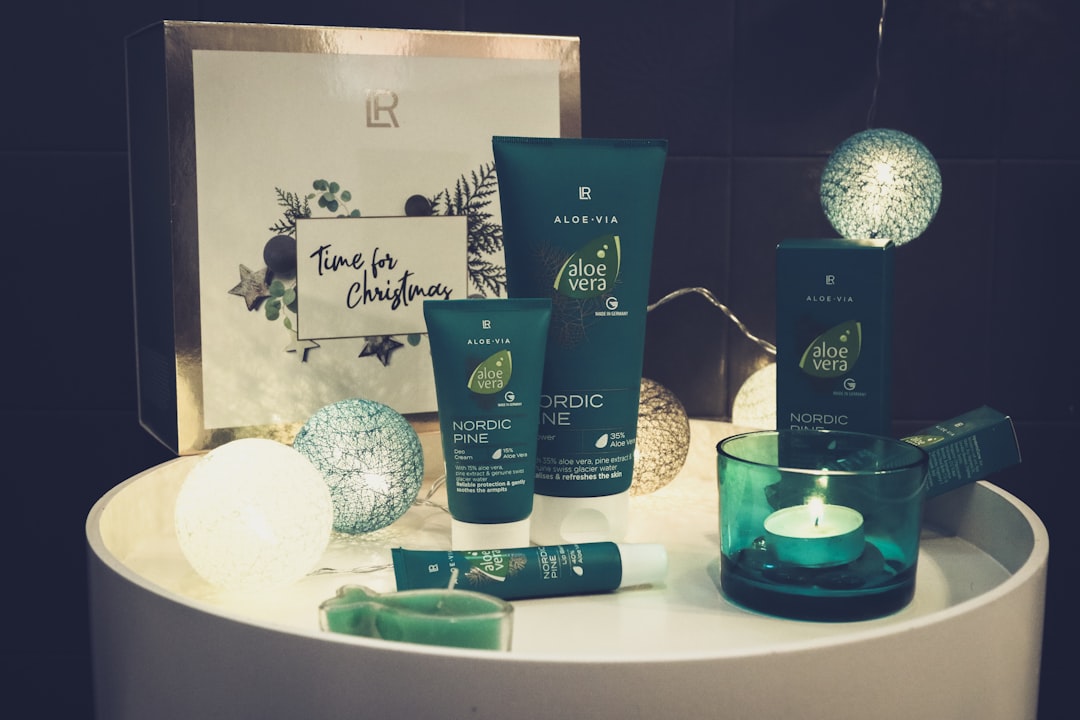Aging is a natural process that everyone experiences as they grow older. As we age, our skin undergoes various changes, such as a decrease in collagen and elastin production, leading to the formation of wrinkles, fine lines, and sagging skin. Additionally, factors such as sun exposure, pollution, and lifestyle choices can accelerate the aging process, causing premature signs of aging to appear. Skincare plays a crucial role in maintaining healthy and youthful-looking skin as we age. It is essential to adopt a skincare routine that addresses the specific needs of aging skin, including hydration, protection, and the use of anti-aging ingredients.
Summary
- Aging is a natural process that affects the skin, leading to the development of fine lines, wrinkles, and loss of elasticity.
- Retinol and hyaluronic acid are two powerful ingredients that can help improve the appearance of aging skin by promoting collagen production and hydration.
- Making a homemade serum with retinol and hyaluronic acid is a cost-effective way to incorporate these ingredients into your skincare routine.
- When using the serum, it’s important to start with a low concentration of retinol and gradually increase to avoid irritation, and always wear sunscreen during the day.
- While retinol and hyaluronic acid can offer great benefits, it’s important to be aware of potential side effects and take precautions such as patch testing and consulting with a dermatologist.
The Benefits of Retinol and Hyaluronic Acid
Retinol and hyaluronic acid are two powerhouse ingredients in the world of anti-aging skincare. Retinol, a form of vitamin A, is known for its ability to stimulate collagen production, accelerate cell turnover, and reduce the appearance of fine lines and wrinkles. It also helps to improve skin texture and tone, making it a popular choice for those looking to combat signs of aging. On the other hand, hyaluronic acid is a humectant that attracts and retains moisture in the skin, keeping it plump, hydrated, and supple. It also has the ability to improve the appearance of fine lines and wrinkles by providing intense hydration to the skin. When used together, retinol and hyaluronic acid can work synergistically to promote youthful-looking skin with improved texture, hydration, and overall appearance.
How to Make a Homemade Retinol and Hyaluronic Acid Serum
Making your own homemade retinol and hyaluronic acid serum can be a cost-effective and customizable way to incorporate these powerful ingredients into your skincare routine. To make a basic serum, you will need a few key ingredients, including retinol, hyaluronic acid, aloe vera gel, and vitamin E oil. Start by mixing a small amount of retinol with a larger amount of aloe vera gel to dilute the retinol and reduce the risk of irritation. Then, add hyaluronic acid and a few drops of vitamin E oil to the mixture to boost hydration and provide antioxidant benefits. Once the ingredients are thoroughly combined, transfer the serum into a dark glass dropper bottle to protect it from light and air, which can degrade the potency of the ingredients. It is important to note that homemade skincare products may not have the same stability and efficacy as commercially formulated products, so it is essential to use caution and perform a patch test before incorporating the serum into your routine.
Tips for Using the Serum Effectively
When using a homemade retinol and hyaluronic acid serum, it is important to follow some key tips to ensure its effectiveness and safety. Firstly, it is crucial to start slowly when introducing retinol into your skincare routine, especially if you are new to using this ingredient. Begin by applying the serum every other night to allow your skin to acclimate to the retinol gradually. As your skin becomes more tolerant, you can increase the frequency of use to every night. Additionally, always apply sunscreen during the day when using retinol, as it can make the skin more sensitive to UV radiation. When applying the serum, start with a clean and dry face, and gently massage a few drops of the serum onto your skin, avoiding the eye area. Follow up with a moisturizer to lock in hydration and further protect the skin. It is also important to listen to your skin and adjust the frequency of use based on how your skin responds to the serum.
Potential Side Effects and Precautions
While retinol and hyaluronic acid are beneficial ingredients for anti-aging skincare, they can also cause potential side effects if not used properly. Retinol may cause dryness, redness, flakiness, and increased sensitivity to the sun, especially when first starting out. It is important to use retinol products at night and always wear sunscreen during the day to protect your skin from UV damage. Additionally, pregnant or breastfeeding individuals should avoid using retinol due to its potential effects on fetal development. As for hyaluronic acid, it is generally well-tolerated by most skin types, but in some cases, it may cause irritation or allergic reactions. To minimize the risk of adverse effects, it is essential to perform a patch test before using any new skincare product and consult with a dermatologist if you have any concerns about incorporating retinol or hyaluronic acid into your routine.
Other Anti-Aging Ingredients to Incorporate into Your Skincare Routine
In addition to retinol and hyaluronic acid, there are several other anti-aging ingredients that can be beneficial for maintaining youthful-looking skin. Vitamin C is a potent antioxidant that helps brighten the skin, fade dark spots, and protect against environmental damage. Peptides are amino acids that support collagen production and improve skin firmness and elasticity. Niacinamide, also known as vitamin B3, helps strengthen the skin’s barrier, reduce inflammation, and minimise the appearance of pores. Alpha hydroxy acids (AHAs) and beta hydroxy acids (BHAs) exfoliate the skin, promote cell turnover, and improve uneven skin tone. When incorporating these ingredients into your skincare routine, it is important to pay attention to how your skin responds and adjust the usage accordingly.
Embracing Aging with Confidence and Grace
In conclusion, aging is a natural part of life, and taking care of your skin can help you age with confidence and grace. Retinol and hyaluronic acid are powerful ingredients that can address various signs of aging and improve the overall health and appearance of your skin. By making a homemade serum with these ingredients, you can customise your skincare routine to suit your specific needs while being mindful of potential side effects and precautions. Additionally, incorporating other anti-aging ingredients into your routine can further enhance the benefits of retinol and hyaluronic acid. Ultimately, embracing aging with confidence and grace involves taking care of your skin while appreciating the wisdom and experiences that come with growing older. With a well-rounded skincare routine and a positive mindset, you can navigate the aging process with beauty and resilience.
Fight Signs of Aging with This Homemade Retinol and Hyaluronic Acid Serum is a great resource for those looking to improve their skincare routine. If you’re interested in learning more about skincare myths and separating fact from fiction, you should check out the article 5 Skincare Myths Debunked: Separating Fact from Fiction. It provides valuable insights into common misconceptions about skincare.
FAQs
What are the benefits of using a homemade retinol and hyaluronic acid serum?
Using a homemade retinol and hyaluronic acid serum can help reduce the appearance of fine lines and wrinkles, improve skin texture and tone, and increase hydration and firmness in the skin.
What is retinol and how does it benefit the skin?
Retinol is a form of vitamin A that helps promote skin renewal and enhance collagen production, which can reduce the appearance of wrinkles, fine lines, and age spots. It also helps improve skin texture and tone.
What is hyaluronic acid and how does it benefit the skin?
Hyaluronic acid is a substance that is naturally found in the skin and helps retain moisture, keeping the skin hydrated and plump. Using a hyaluronic acid serum can help improve skin hydration, reduce the appearance of fine lines and wrinkles, and promote a more youthful complexion.
How can I make a homemade retinol and hyaluronic acid serum?
To make a homemade retinol and hyaluronic acid serum, you can combine a few drops of retinol oil with a hyaluronic acid serum or gel. It’s important to follow a recipe from a trusted source and to use caution when using retinol, as it can cause skin sensitivity and irritation if not used properly.
Are there any risks or side effects associated with using a homemade retinol and hyaluronic acid serum?
Using retinol can cause skin sensitivity, redness, and peeling, especially if not used properly. It’s important to start with a low concentration of retinol and gradually increase usage to allow the skin to adjust. It’s also important to use sunscreen when using retinol, as it can increase the skin’s sensitivity to the sun. If you experience any severe irritation or allergic reactions, it’s important to discontinue use and consult a dermatologist.




